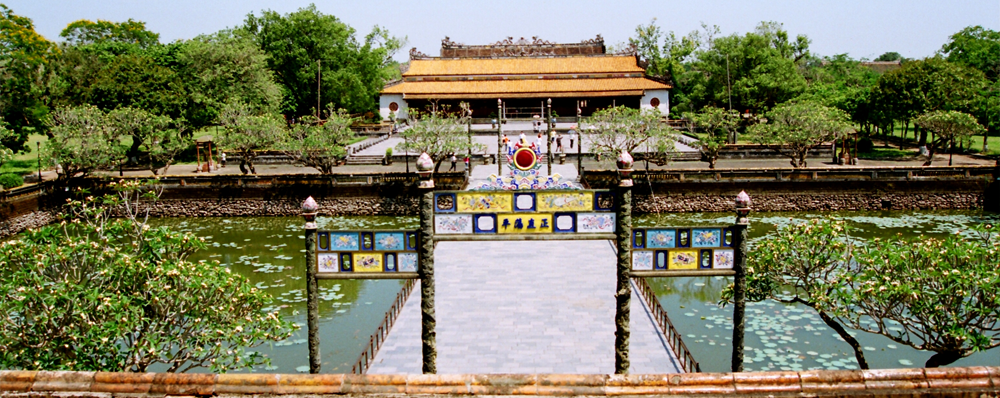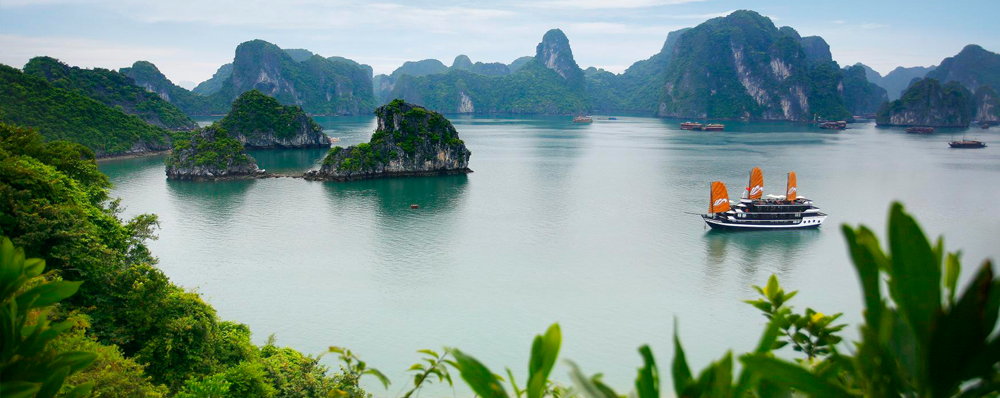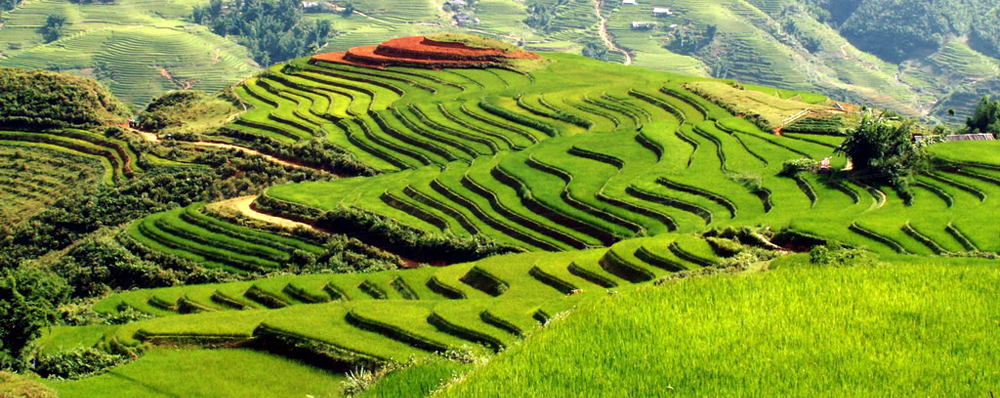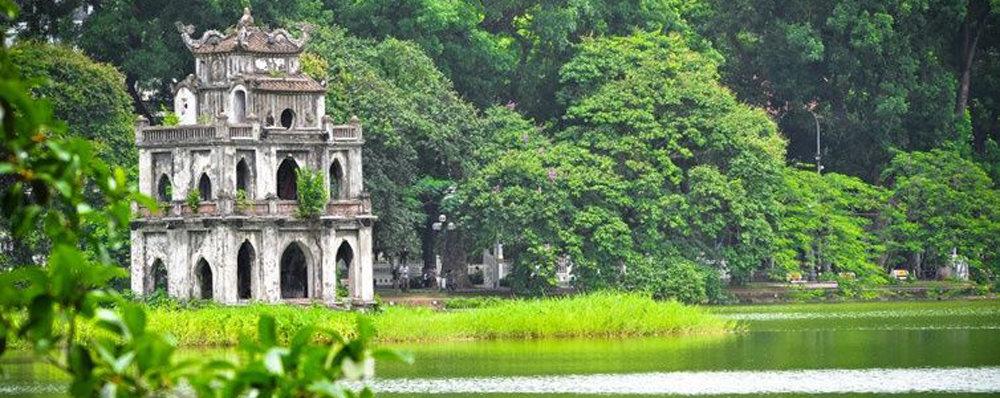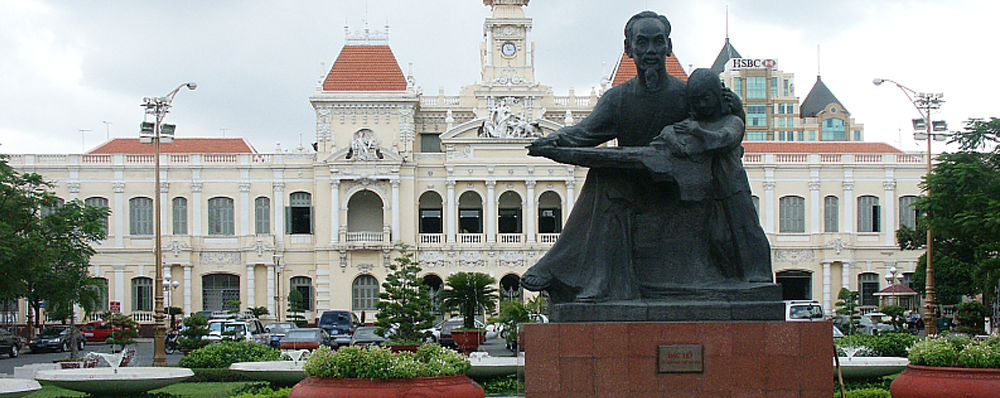Mountain pass offers stunning panoramic vista of Ha Giang
On a cool autumn day, my friend and I were lucky enough to visit Ma Pi Leng Pass, considered the king of all passes in Viet Nam, which locates in Meo Vac district in the northern mountainous province of Ha Giang.
Passing through: Ma Pi Leng Pass is one of the highest passes in the country.
Ma Pi Leng Pass, also called the Great Wall of Viet Nam, is one of the four highest passes in the country, alongside Khau Pha in Yen Bai Province, O Quy Ho in Lao Cai Province and Pha Din in Lai Chau Province.
The pass is located in the globally recognised geological park Dong Van. It is not long, only 20km, but dangerously steep cliffs and deep mountainous slopes make the path difficult.
The pass's name literally means "nose of the horse". But figuratively, it means the mountain is difficult to access and riddled with obstacles – it's as vertical as a horse's nose.
On the way to Ma Pi Leng, we met children walking along the road. They liked watching visitors, and seemed glad when we gave them cakes, candies and scarves.
Sometimes on the side of the roads we saw small pubs that brought a wild beauty to the place. Some H'Mong men got tipsy and sat nodding by the roadside.
When we took in the view from the peak of Ma Pi Leng, mist covered the whole trail. We had never seen it look so mysterious before. It looked like paradise.
The pass's majestic and wild beauty makes it unique.
As we looked to the north and northeast, we saw thousands of grey mountains spreading up toward the horizon.
Next to the path lied a chasm, and below us the Nho Que River ran like a colourful thread through the cliffs.
The H'Mong people's houses, surrounded by stone fences, perched on the edge of the chasm.
Some of the houses' walls were made of neohouzeaua, a kind of bamboo, which remained sturdy despite the region's wind and rain.
The Ma Pi Leng area was named a national sightseeing by the Ministry of Culture, Sports and Tourism on November 16, 2009.
According to the ministry's decision, Ma Pi Leng Pass is considered a special heritage area.
Ma Pi Leng's mountain top is one of the most beautiful observation points in Viet Nam, and Nho Que river's alley is one of the most unique tectonic valleys in Viet Nam.
Historical road
In addition to beauty, a history of volunteer youths building roads memorialises the Ma Pi Leng area.
The 185km road that goes to Ma Pi Leng Pass is called Hanh Phuc (happiness). It runs from Ha Giang City to Meo Vac District. It connects isolated mountainous districts and helps ethnic minorities access the plains.
Thousands of young people from 16 ethnic minority groups built the road between 1959 and 1965.
They had to string themselves up on the rock cliffs to make it through the dangerous 11-month building process.
At the beginning, the pass was only wide enough for pedestrians and horse-drawn carts. Later, it was widened so cars and vans could use it.
At the peak of Ma Pi Leng Pass and at the highest point of Hanh Phuc Road, we stopped to take photos of Nho Que river, enjoying a thrilling feeling. We also saw an old stone stele used for marking lengths during the pass's construction.
It took the previous generation six years to make Hanh Phuc Road.
About 11 months of that time was spent making the 20km pass over Ma Pi Leng. But it took us only one day and one hour to trek across both. A feeling of admiration for the builders overwhelmed us.
The road instills happiness in ethnic minorities and visitors who have the chance to go and contemplate the country's boundless beauty.
Source: VNS
